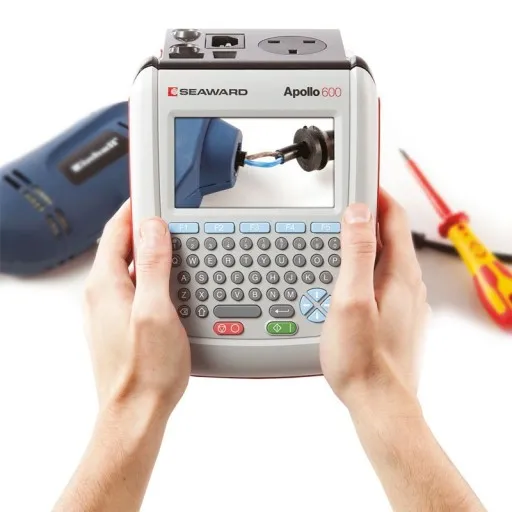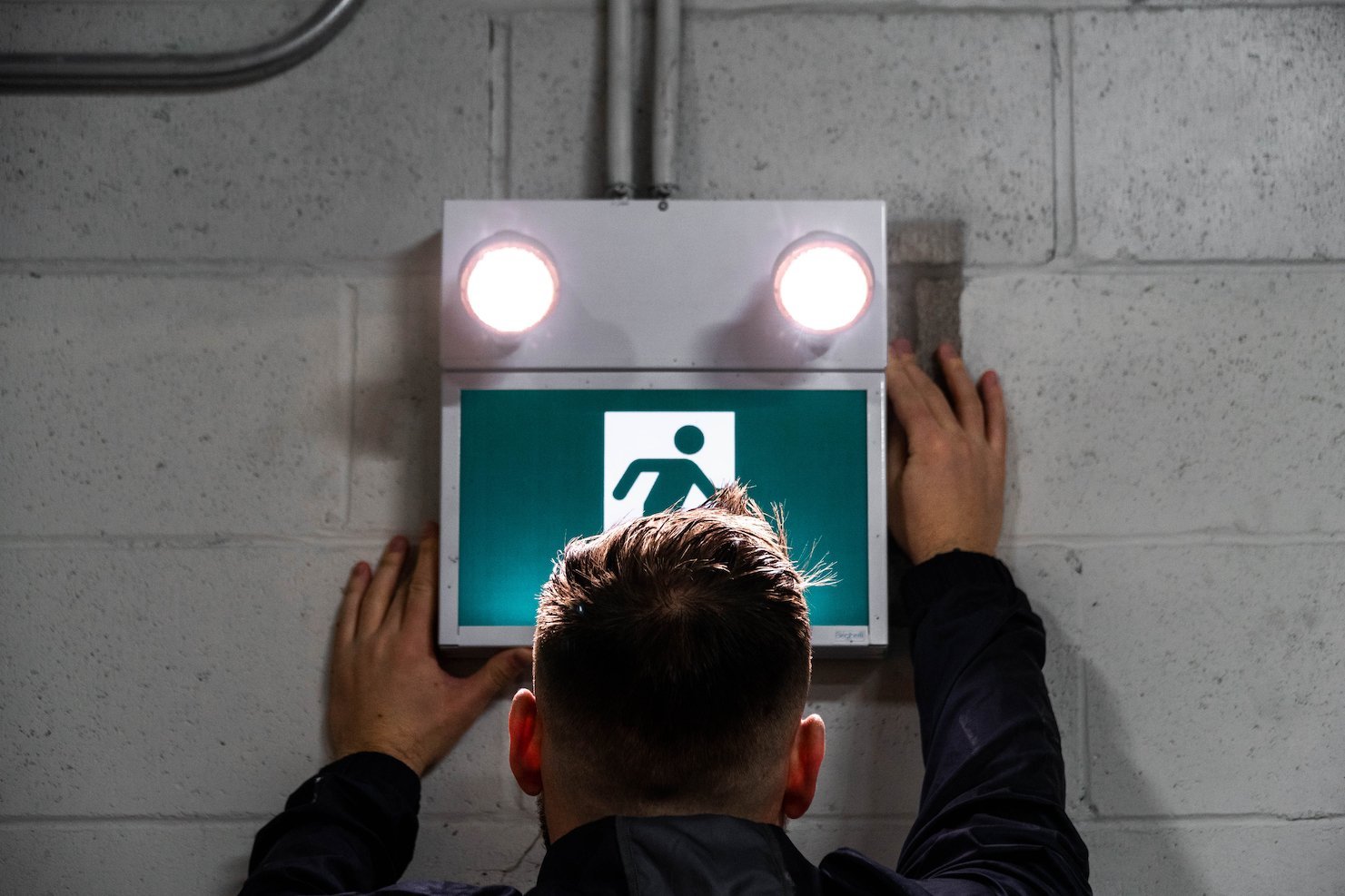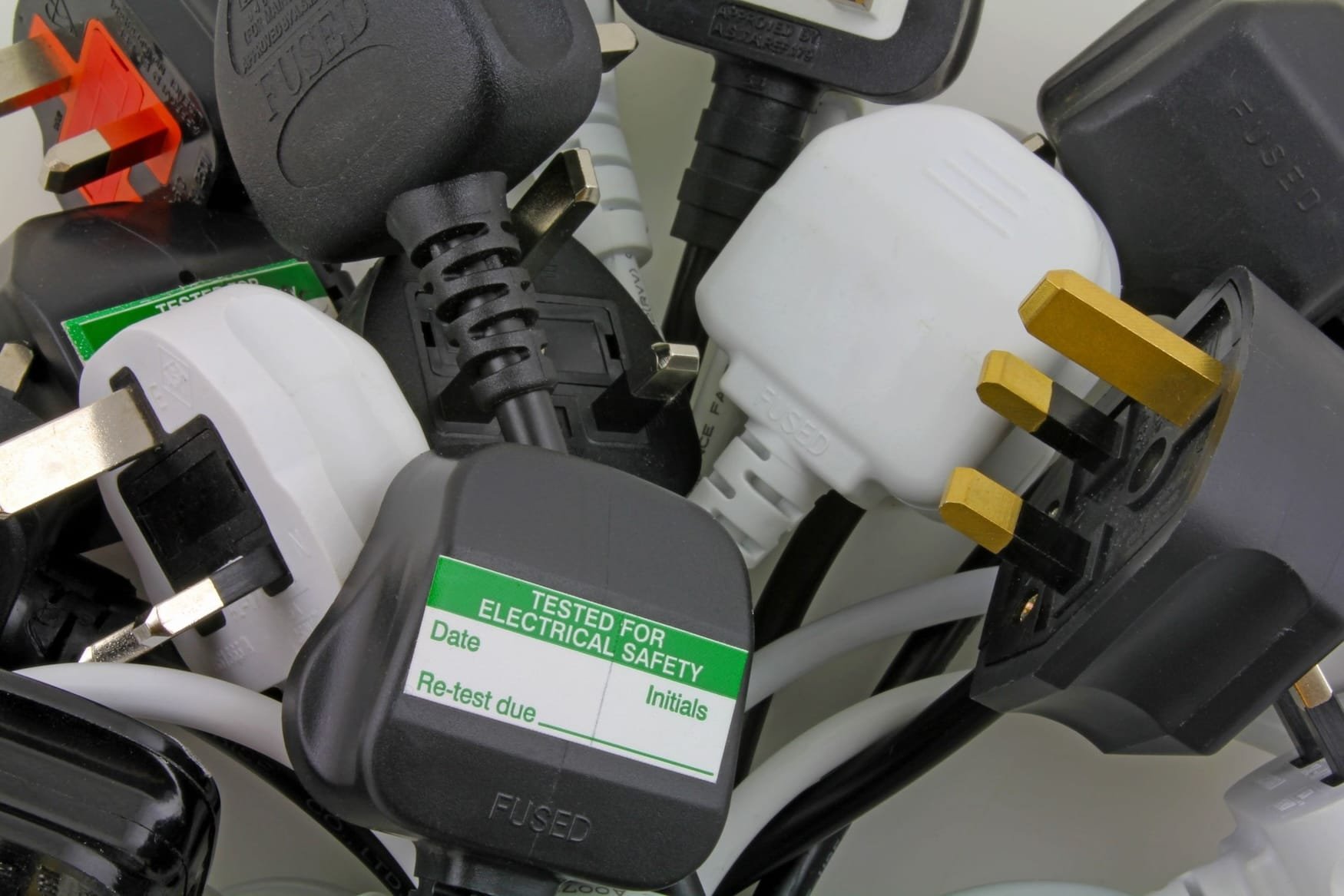PAT Testing: Understanding Its Meaning, Legal Requirements, and Common Questions Answered
Portable Appliance Testing (PAT) is a crucial safety measure that helps prevent electrical hazards and protect people from harm. It involves checking electrical appliances for safety and ensuring they are properly maintained. In this article, we'll explore what PAT testing means, the legal requirements for PAT testing, and answer common questions about this important safety measure.
Understanding PAT Testing PAT stands for Portable Appliance Testing. It's a process of testing electrical appliances to ensure they are safe to use. The testing involves a visual inspection of the appliance, as well as electrical testing using specialized equipment. PAT testing is designed to prevent electrical hazards, reduce the risk of fires and accidents, and ensure that appliances are properly maintained.
PAT Testing: Legal Requirements In the UK, PAT testing is required by law for all electrical appliances used in the workplace, including offices, shops, factories, and public buildings. The specific legal requirements for PAT testing are set out in the Electricity at Work Regulations 1989 and the Health and Safety at Work Act 1974. The regulations require that electrical appliances be maintained in a safe condition and be tested regularly to ensure they are safe to use. The frequency of testing depends on the type of appliance and the environment in which it is used. For example, appliances in high-risk environments like construction sites may require more frequent testing than those in low-risk environments like offices.
Can You Do Your Own PAT Testing? While it is possible to carry out PAT testing on your own appliances, it's not recommended. PAT testing requires specialized knowledge and equipment to carry out properly. It's essential to have the appropriate qualifications and training to ensure that the testing is done safely and accurately. Attempting to carry out PAT testing on your own appliances could put you at risk of electrical shock or other hazards.
The PAT Testing Process The PAT testing process involves several steps. Firstly, the appliance is visually inspected for any signs of damage or wear and tear. Next, the electrical safety of the appliance is checked using specialized testing equipment. This involves checking earth continuity, insulation resistance, and leakage current. The results of the testing are recorded, and the appliance is labelled to indicate that it has been tested and when it is due to be tested again.
Common Questions About PAT Testing Here are some common questions and answers about PAT testing:
How often is PAT testing required in the UK? The frequency of testing depends on the type of appliance and the environment in which it is used. For example, portable equipment used on a construction site should be tested every three months, while office equipment should be tested every 12 months.
What will fail a PAT test? Appliances can fail a PAT test for various reasons, including damaged cables, loose connections, or incorrect wiring. If an appliance fails a PAT test, it should be removed from service and either repaired or replaced.
How much does a PAT test cost in the UK? The cost of a PAT test varies depending on the number of appliances that need testing, the location of the premises, and the complexity of the testing required. At PatTest.com, we offer competitive pricing for our professional PAT testing services.
Can you perform PAT testing without qualifications? No, you need appropriate qualifications and training to carry out PAT testing safely and accurately. It's best to hire a professional PAT testing company like PatTest.com.
Do phone chargers need PAT testing? Yes, phone chargers are considered electrical appliances and should be tested regularly to ensure they are safe to use.
What items need PAT testing? Any electrical appliance that is used in the workplace or public places, including computers, printers, kettles, and power tools, should be PAT tested to ensure they are safe to use.
How long is a PAT test valid for? The length of time that a PAT test is valid for depends on the type of appliance and the environment in which it is used. Appliances should be tested at regular intervals to ensure that they remain safe to use. The test results should be recorded, and appliances should be labelled to indicate when they were last tested and when they are due to be tested again.
How many items can you PAT test in a day? The number of items that can be PAT tested in a day depends on the complexity of the testing required and the number of appliances that need testing. A professional PAT testing company like PatTest.com can carry out testing efficiently, ensuring that all appliances are tested to a high standard.
Conclusion PAT testing is an essential safety measure that helps prevent electrical hazards and protect people from harm. It is a legal requirement for all electrical appliances used in the workplace, and it's important to ensure that appliances are tested regularly to ensure they remain safe to use. While it is possible to carry out PAT testing on your own appliances, it's best to hire a professional PAT testing company like PatTest.com to ensure that the testing is done safely and accurately. With competitive pricing and a commitment to customer service, PatTest.com is your go-to provider for professional PAT testing services.
Services We Provide
-

Portable Appliance Testing (PAT Testing)
We provide PAT testing, which is a process of regularly inspecting and testing electrical appliances to ensure their safety for use in various settings.
-

Fire Alarm Service & Maintenance
We provide fire alarm servicing & maintenance in buildings to ensure their proper functioning and prompt detection of any potential fire hazards.
-

Fire Extinguisher Service
Fire extinguisher servicing to ensure that they are in proper working order and capable of effectively extinguishing fires when needed.
-

Emergency Lighting Test & Maintenance
Emergency light testing is the inspection and testing of emergency lighting to ensure that they will be functioning in the event of an emergency.
-

Fire Risk Assessments
We carry out Fire risk assessments to identify potential fire hazards in your building and recommend appropriate measures to minimize the risk of fire.

